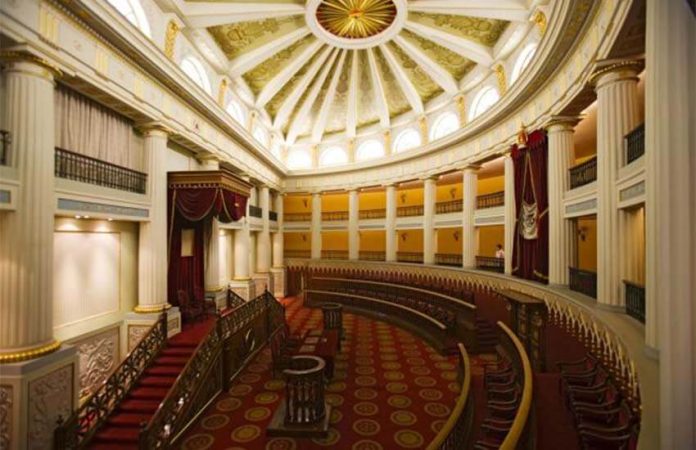Not long ago, as I was walking around the Machado plaza in Mazatlán, where I currently reside, I came across a building, right off the plaza, that stopped me in my tracks: an obscure building prominently displayed a Masonic lodge emblem on the gate and above the door.
Masons in Mexico? How did I not know about this?
It turns out that José María Mateos, a 19th-century politician and a Mason himself, asserted in his 1884 book, The History of Freemasonry of Mexico from 1806 to 1884, that Masons have been in Mexico since the 18th century and were instrumental in bringing about Mexico’s independence since major independence figures were Mexican Freemasons.
Mateos doesn’t offer objective proof of his statements, which might make sense as he was a Freemason writing for other Freemasons, but scholars agree that Mexico has hosted Freemasons for centuries, and many Mexican historians, including those in Mexico’s treasury department (SHCP) — which preserves Mexico’s national historic artifacts — who say that Freemasonry once had a significant influence on members of Mexico’s governments. Freemasonry continues to exist in Mexico today, with lodges belonging to different Freemasonry organizations — known as rites — in several Mexican states.
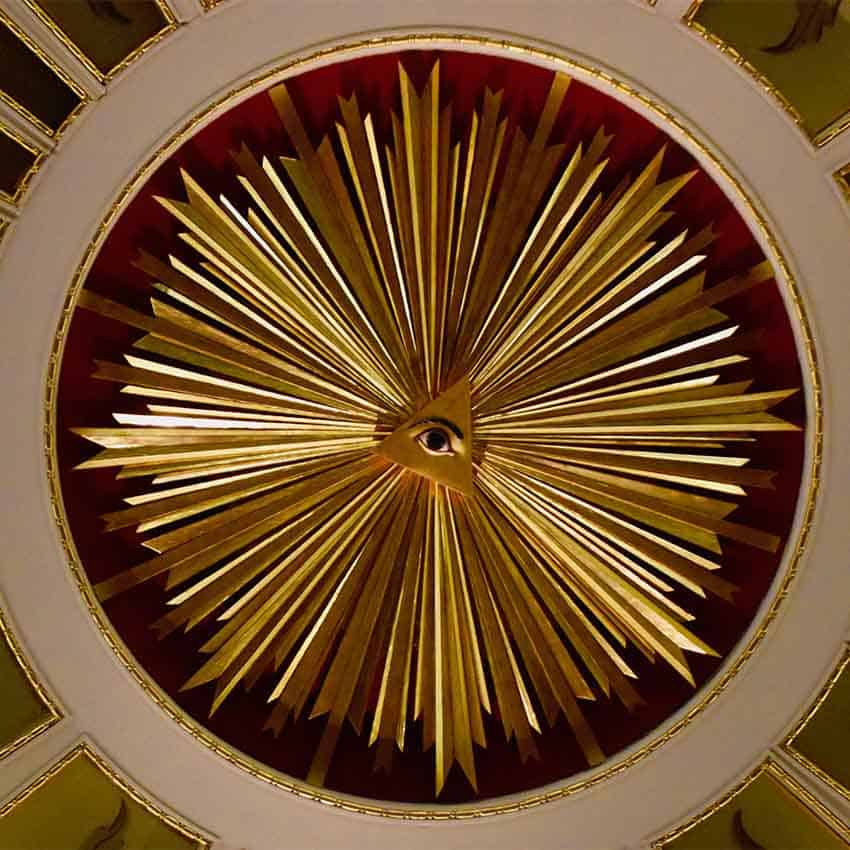
In a 1969 article for the journal the New Mexico Historical Review, Richard E. Greenleaf, a scholar of the Mexican Inquisition and Latin American colonial history and a former director of the Stone Center for Latin American Studies at Tulane University, said that Masonic lodges became centers of subversion and active agents in the “conservative revolt” in Mexico that finally consolidated the nation’s independence under the leadership of Augustin de Iturbide in the early 1820s.
National Autonomous University historian Virginia Guegea also asserts that Freemasonry played a key role in the restoration of a constitutional system in Mexico, and that after Mexico achieved its independence, Freemasonry would play a decisive role in the country’s political life. One piece of circumstantial evidence pointing to that influence is the fact that the original Chamber of Deputies, built in 1829, was adorned with several Masonic symbols, including a showpiece image of the well-known all-seeing eye symbol in the chamber’s ceiling that looked over deputies as they met.
According to Freemasonry’s own historians, members of the secret society first arrived in Mexico from Europe in the late 18th century, when the French emigrated to the New World, something Greenleaf corroborates with Catholic Church records kept by the Inquisition in Mexico. He and other historians generally agree that the first documented Masonic meeting place was in Mexico City at the shop of watchmaker Juan Esteban Laroche, whom the Inquisition arrested and deported as a Mason in 1791.
Mateos says that the first official Masonic lodge in Mexico, named Arquitectura Moral, was founded in 1806 by Enrique Muñiz in Mexico City. He also says that influential independence movement leaders like Father Miguel Hidalgo, Ignacio Allende and José María Morelos were early members of this lodge and that many lodge members took part in Hidalgo’s plot to overthrow the Spanish government in Mexico. They moved from house to house for their meetings, in fear of the Inquisition, Mateos says.
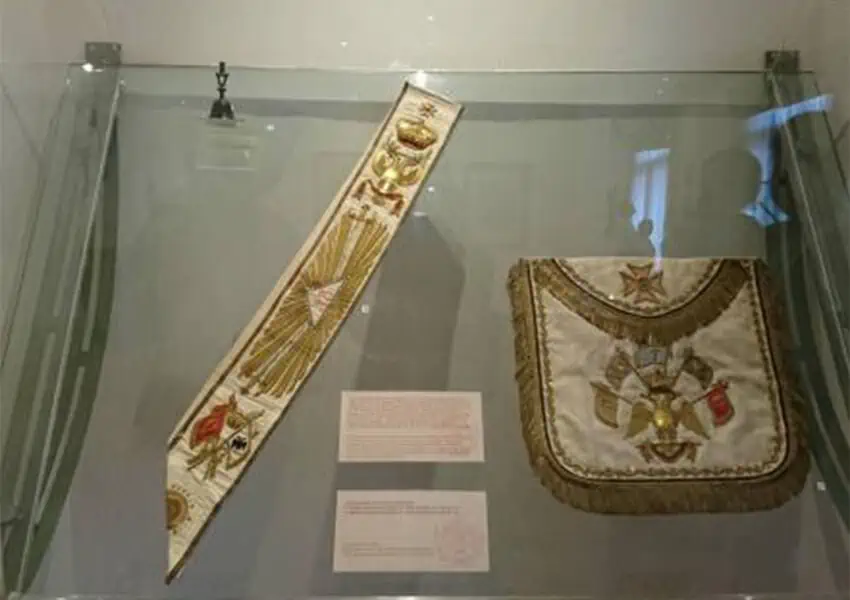
Although there are historians who believe that Mateos’ version of history is likely, there aren’t primary documents to corroborate this claim; the records from the Arquitectura Moral lodge were apparently lost sometime between 1808 and 1809. Primary documents from Mexico stored in the United States Library of Congress, however, do show circumstantial evidence that Hidalgo may have been a Mason or at least closely associated with them, however.
One document shows that the Tribunal of the Holy Office of the Inquisition in New Spain charged Hidalgo with heresy in 1800, based on reported statements he’d made earlier that year at an Easter gathering with associates. These associates included close friend José Martín García Carrasquedo, who himself was investigated for Masonry activities in 1811. Hidalgo was never convicted, although Greenleaf says that the Inquisition made veiled accusations that Hidalgo was a Mason.
Following Spain’s adoption of the Spanish Constitution of 1812, more troops arrived in Mexico from Spain; Mateos and other historians believe that many of those soldiers were Masons, leading to the establishment of the first Scottish Rite Grand Lodge of Mexico in 1813.
Certainly, Freemasonry grew over time in Mexico. Throughout the 1800s, other branches of Freemasonry — the York Rite and the Mexican National Rite — would establish themselves with lodges throughout the country.
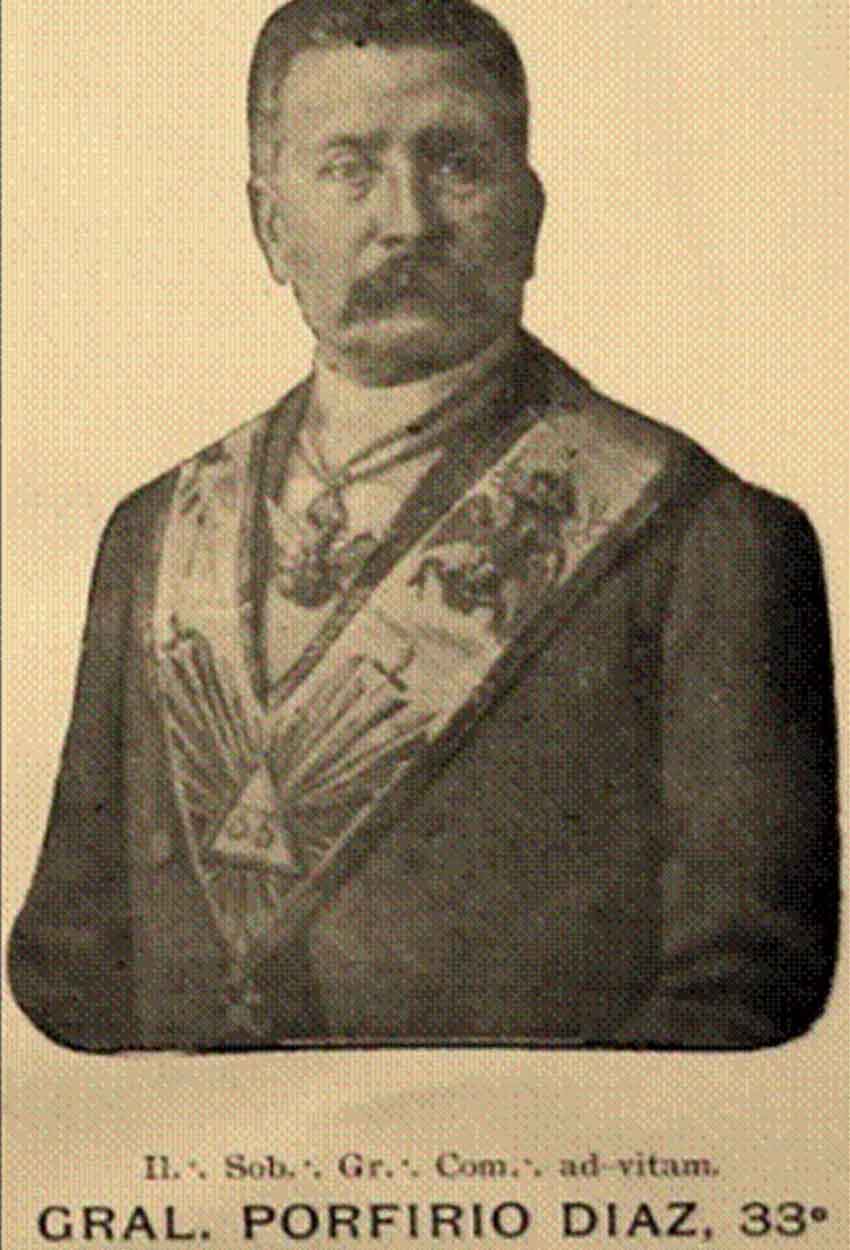
From 1821 until 1982, nearly every political leader of Mexico has been claimed by various sources to have been a Mason, although there isn’t often reliable proof of many of these claims. But interestingly, a history published in 2017 by the Ministry of Culture, The Influence of Freemasonry on the Constitution of 1917, asserts that many of the political leaders who drew up the 1917 Constitution were Masons.
There’s also a fair amount of agreement among historians that President Benito Juárez (1861–1872) was a Mason. A Masonic apron and sash and other Freemasonry regalia believed to have belonged to Juárez reside in the National Palace in a historic museum dedicated to him, under the care of the SHCP.
Carlos Francisco Martínez Moreno, a historian at UNAM, told the newspaper El Universal in 2018 that Juárez was almost certainly initiated into the Independencia No. 2 lodge of the Mexican National Rite in 1847, but that there’s disagreement among historians about how far he could have progressed in the organization, given that Juárez’s revolutionary activities probably didn’t give him the time and stability of location to move up beyond the beginning levels.
Juárez’s political rival President Porfirio Díaz is also frequently said to be a Mason. An intriguing piece of possible evidence is an annual bulletin published in 1899 by Mexico’s Scottish Rite Freemasons, which contains a photograph of Díaz wearing Masonic regalia given to him by Freemasons in France and referring to him as “the Sovereign Grand Commander ad vitam of the Supreme Council of Mexico.”
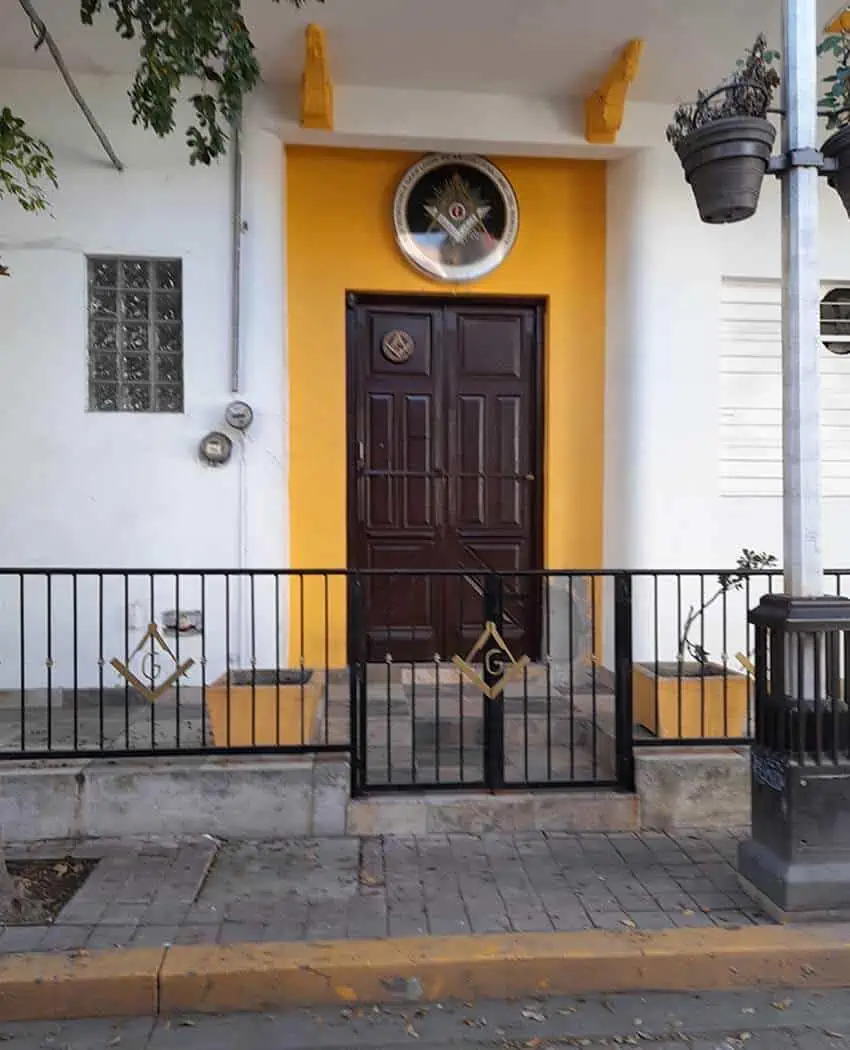
The Influence of Freemasonry says that Díaz was the head of Mexico’s Scottish Rite Masons in the late 1800s, although it also says he resigned as leader in 1895 as part of a short-lived attempt to unite all Freemasonry groups in Mexico.
Mexican Revolution scholar Antonio Rius Facius’ book Cristero Mexico says that President Plutarco Calles, whose 1926 presidential decree (“Calles’ law”) curtailed the power of the Catholic Church in Mexico, was a Scottish Rite Mason and received a Masonic medal of merit for his efforts from organization’s leader in Mexico at the time, politician Luis Manuel Rojas.
Jean Meyer, a French historian and author of a seminal history of Mexico’s popular uprising in reaction to Calles’ Law, known as the Cristero War (1926–1929), believes Calles was a Freemason and that it factored into him issuing the decree.
According to Mexican Freemasonry history, as the secret society grew in importance in Mexico, the introduction of the more liberal York Rite brand of Freemasonry into Mexico during the 1820s brought about 50 years of factionalism, with infighting and even assassinations within the two groups. The infighting took its toll, and Freemasonry ultimately lost much of its power and influence in Mexico, although the groups of all three rites still exist today.
There are still many lodges throughout the nation, at least one in 30 of Mexico’s 32 states. I have located two in Mazatlán.
If you live in a major Mexican city, keep your eyes peeled and you may find a Masonic lodge in your community.
Sheryl Losser is a former public relations executive and professional researcher. She spent 45 years in national politics in the United States. She moved to Mazatlán last year and works part-time doing freelance research and writing.
